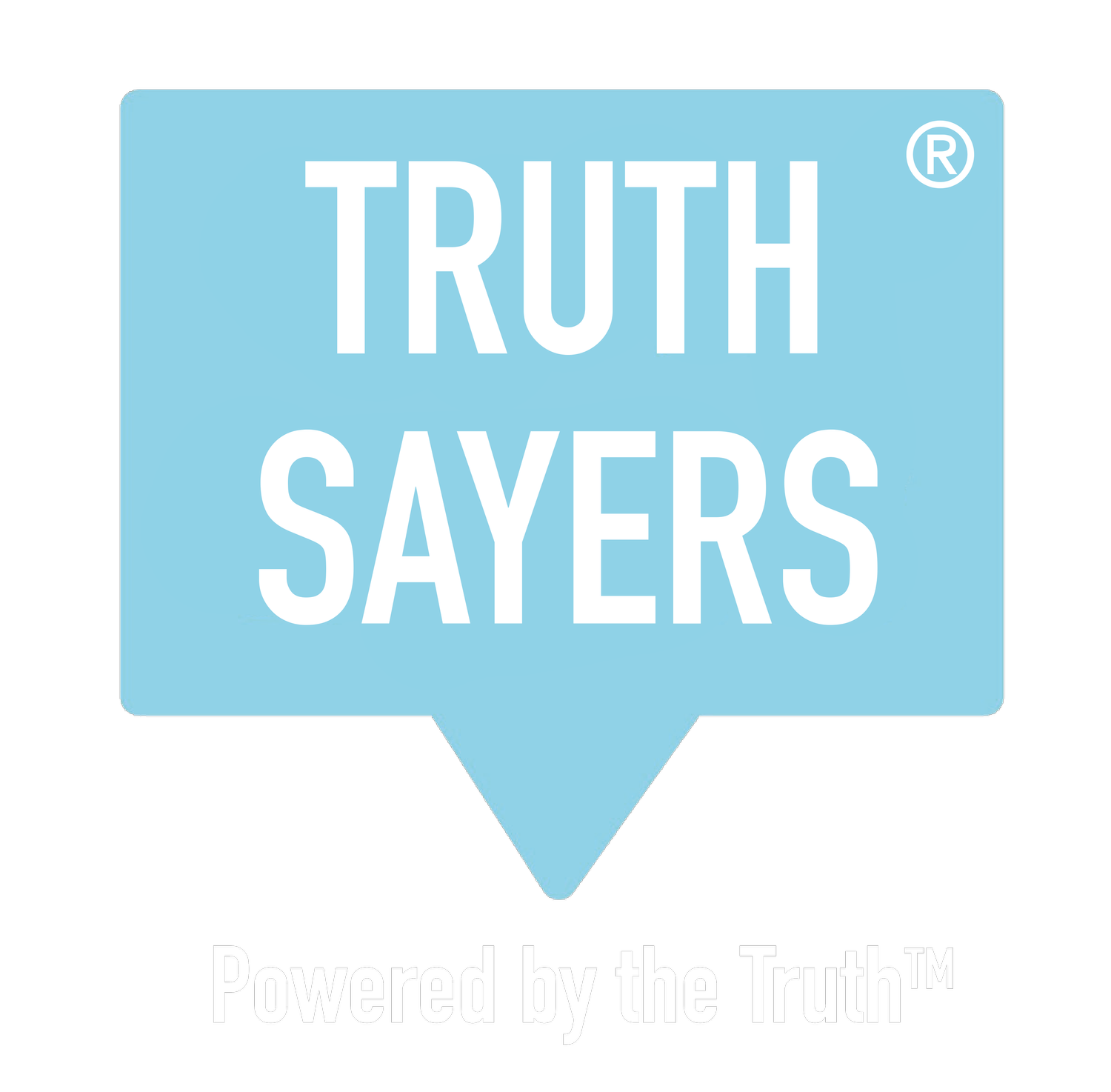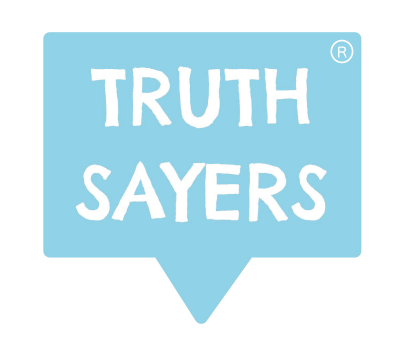What is Cognitive Dissonance and Why Does It Matter?
“I know I have to lower my cholesterol, but one tasty, triple-stacked, cheese burger isn’t going to do me any harm”
We’ve all done it. Convinced ourselves of the merits of indulging in a bad habit, or downplayed the dangers, just to appease ourselves of the feeling of guilt. It’s difficult to carry on with an action when your rational mind knows it’s bad for you, so we try to quieten the voice of reason, with a counter reason.
It is a trait of human nature to try and align our actions with our beliefs so we can lead a calm, harmonised life. Most of the time, people strive to behave in a manner that is true to themselves - to be authentic - so when we make a decision that goes against our beliefs or when we feel pressurised by others to act in a way that is counter to what we believe is the ‘right’ way, it can feel very ‘wrong’ and this can lead to stress and anxiety. The stressful, psychological tension – the mental battle - that we experience when we carry out an action contrary to our beliefs is known as cognitive dissonance:
“Cognitive dissonance is the sense of unease we have when what we do involves two opposing beliefs, the classic example being ‘I enjoy smoking’ versus ‘I know smoking is bad for me’. Because we do not like the feeling this give us, we try and reduce cognitive dissonance by rationalising to bring the two thoughts into alignment, ‘l smoke now, but I will give up at some point, and let my body recover’”
We all naturally aim for consistency in our lives and to avoid these inner contradictions, but of course inconsistencies do arise and when these inconsistencies occur in a person, who has otherwise always been consistent, they stand out in sharp contrast: the loyal, enthusiastic employee who suddenly hands in their notice.
Cognitive dissonance was coined in the 1950’s by renowned American Cognitive Psychologist, Leon Festinger, written about in his book A Theory of Cognitive Dissonance. His theory works on the premise that people need to maintain consistency between cognitions (beliefs, attitudes, feelings) and behaviours (and actions). When inconsistency between cognitions occurs, the awkward feeling we have is cognitive dissonance.
“The presence of dissonance gives rise to pressures to reduce or eliminate the dissonance… the greater the dissonance, the greater will be the intensity of the action to reduce the dissonance and the greater the avoidance of situations that would increase the dissonance’”
Reducing cognitive dissonance: Self-justification
Why do we carry on doing something, when all the evidence shows us it’s wrong?
Inconsistencies exist in all of us, but it is unlikely that we would acknowledge these as ‘inconsistencies’ because in our heads we have rationalised them. By seeking self-justification, we change the narrative in our mind, to confirm our bias (confirmation bias) and make our action feel perfectly acceptable. We do this by either:
Trying to reduce the importance of the belief that is in the way
Seeking social confirmation that our actions are right, or
Acquiring new information that outweighs the troublesome, dissonant belief, making the dissonant belief seem untrue or unfounded.
An unconscious process
This sounds very complicated, but actually, most of us do it with remarkable ease. Why? Because the process of reducing cognitive dissonance generally happens nonconsciously. Carol Tavris and Elliot Aronson, eminent American psychologists and peers of Festinger, compare cognitive dissonance to hunger or thirst – picking up the glass to take a drink because we feel thirsty, usually happens without us engaging with the action consciously. Aronson explained this on The Peter Attia MD podcast:
“Dissonance is a negative drive state. It feels terribly unpleasant. Like being extremely hungry or extremely thirsty but it takes place in the mind so it makes you very uncomfortable… Cognitive dissonance reduction is an unconscious process … it flies just below the level of conscious awareness”
Tavris and Aronson’s theory of self-justification, expounded in their book Mistakes Were Made (but not by me), explains why people often find it hard to admit that decisions they have made are wrong: When dealing with the discomfort of cognitive dissonance, we surround ourselves only in information that confirms the credibility of our actions. By doing this enough, we genuinely start to believe that what we are doing is right. To others, however, inauthenticity is often still apparent. Many politicians spring to mind as a point in case.
Are we just conning ourselves?
Bringing this concept into the workplace, we enter an environment where many conflicting opinions and ideas exist, some of which we can buy into, because they match our own, but others may contradict how we want to act or behave, leaving us feeling uneasy and stressed. Often, in a work scenario, we feel no option but to comply. Our desire for psychological balance means that, whether it is our own decision or forced compliance, we either try to reframe our thinking to match those of the majority or we just try to ignore the anxiety and do the task anyway. The factors that we draw on to reduce the cognitive dissonance may be rational or irrational: “I want to seem keen … I don’t have the energy to protest … Bob likes the idea, he’s a good bloke, so it must be ok … stay late, I get cakes. She has cakes, they look good …”
To make ourselves feel comfortable with a decision and to reduce the anxiety of dissonance, we quickly amass a set of reasons to justify our action. We will choose to ignore some factors that we don’t want to consider and increase the importance of other factors that support the decision we want to make. Very often the rationalisation process includes some notions that can outwardly appear irrational because nonconsciously we have already decided what we are going to do – we’re just convincing ourselves it is right, so much so that we start to believe that this is the choice we wanted to make all along.
Dissonance = STRESS
Coping with contradictory ideas pulling our mind in different directions is mentally stressful and when the dissonance we feel is due to a conflicting external belief being pushed upon us - from our peers or leaders at work - it may be very hard to self-justify our actions. Our brain wants to reduce stress and restore harmony, but if the scale of the delta between what we believe and what those around us believe is too wide, we struggle to offer ourselves sufficient justification and consequently, our mind goes into anxiety mode and may catastrophise the options: “I have to say yes, or I will lose my job. I have no choice.” Most of the time, we decide to take the ‘path of least resistance’ and suppress our dissonant belief. The trouble is, that latent dissonance will still be there, at the back of your mind, reminding you that you are not being true to your beliefs. The battle to keep this nagging dissonance quiet, can lead to a loss of self-belief and a downward mental health spiral.
People are complicated
People and the decisions we make are very complex and, business has a real challenge in tackling this. Directly asking an employee how they feel may not get you a complete answer. It will only ever be the answer that a person is ready or able to share. Employees may hold back true feelings, for any number of reasons. Talking face to face with your leader or answering a survey, we consciously increase our cognitive dissonance by hiding our true feelings - although we are often barely aware that this is what we are doing - rather than risk putting ourselves in a vulnerable or exposed position, consequently increasing our stress levels.
Can you ever get to the Truth?
Increasingly, businesses are recognising the value of every individual as uniquely diverse; most of us want to achieve an inclusive, happy, people-centred culture. Many companies are investing in behavioural psychology tools that will help them, as leaders, better understand the complexity and diversity of the people who work for them, as well as empower the employees themselves to better understand what motivates them, what they want and what they need.
The most important and useful information that behavioural psychology methods can expose is where cognitive dissonance exists: where the truth of what a person feels is being invaded or suppressed by conflicting, contradictory beliefs.
Tapping the nonconscious for the Truth
Communication upwards, downwards and sideways is the answer, but this needs to be done with the right type of listening tools to get the answers you really need. The approach of most survey tools is to explicitly ask people to choose an answer to a question. This conscious thinking process will gather answers that will have an element of bias to them – whether conscious or unconscious. Taking a set of responses collected by this method alone, is useful, but only ever gives you part of the picture – the part that people are willing and able to share.
To get a true 360º picture, explicit questioning needs to be run alongside an implicit method of collecting data that can gather responses at a nonconscious level. The data that implicit assessments capture are a person’s intuitive responses: their true feelings. This is done most accurately using Implicit Reaction Time (IRT) methodology that can tap deep into the nonconscious brain, bypassing all bias.
Until recently, this scientific method was restricted to the laboratory, but Truthsayers® have innovated with the technology now available, using machine learning and AI, together with cognitive psychology and neuroscience, to create a deceptively simple and versatile platform called Neurotech®.
Neurotech® runs explicit responses (what people say) alongside implicit responses (how people actually feel), producing a set of metric data that gives a holistic view of an organisation. Seeing what people are openly saying overlapping with how people are really feeling, often reveals surprising and unexpected findings – sometimes even uncomfortable ones, because this method exposes where people are being inauthentic and highlights organisational cognitive dissonance.
Identifying these areas of dissonance, reveals where people are feeling most uncomfortable, most inauthentic and probably most stressed. This information pinpoints accurately and clearly the real problems that need addressing. And you can only do this with Truthsayers Neurotech®.



